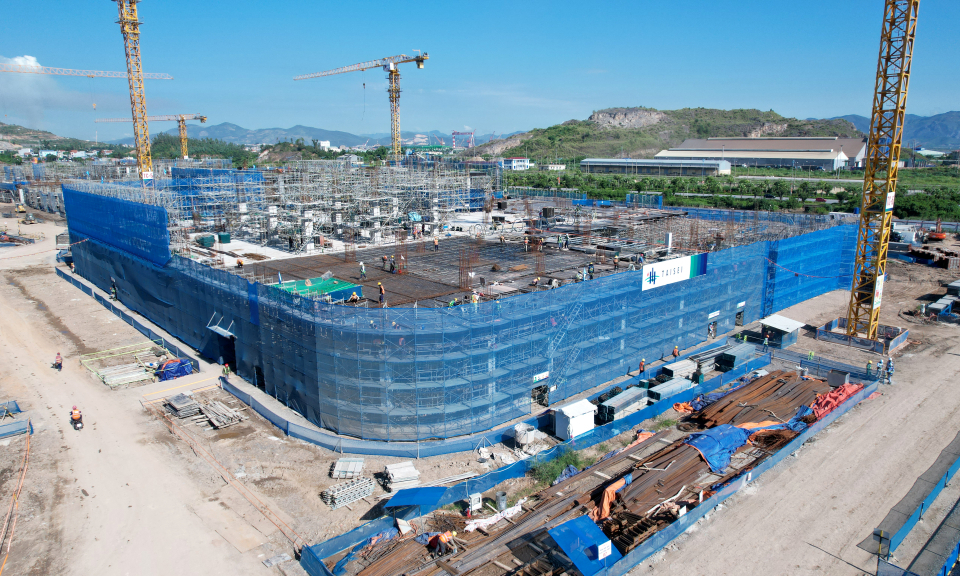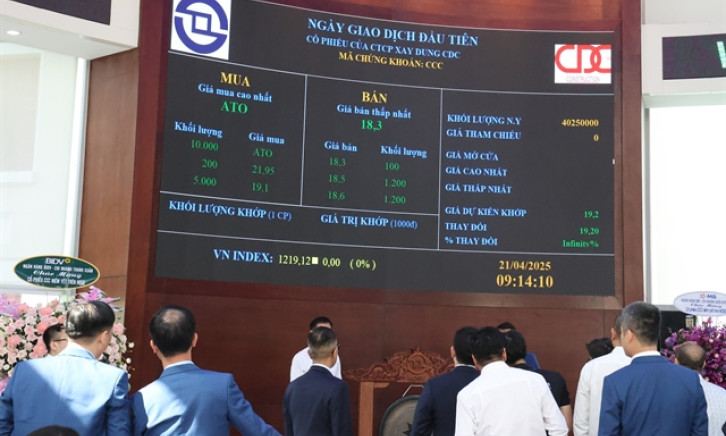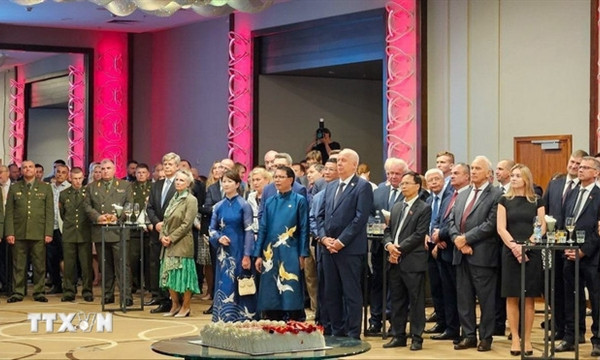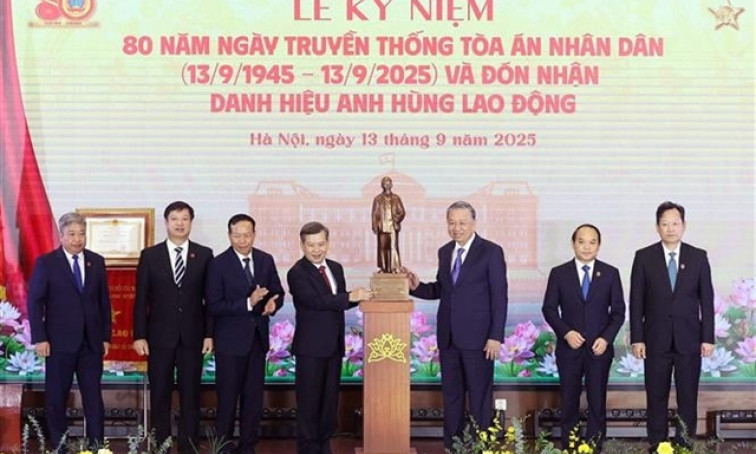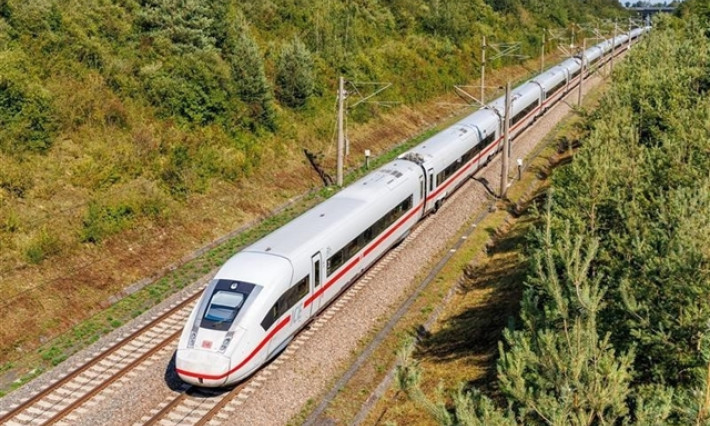Mekong Delta to expand high-quality, low-emission rice cultivation
The Ministry of Agriculture and Environment has agreed with local authorities in the Cửu Long (Mekong) Delta to further expand the model of high-quality, low-emission rice cultivation under a one million hectare rice project, aiming towards environmentally friendly and globally competitive agricultural production.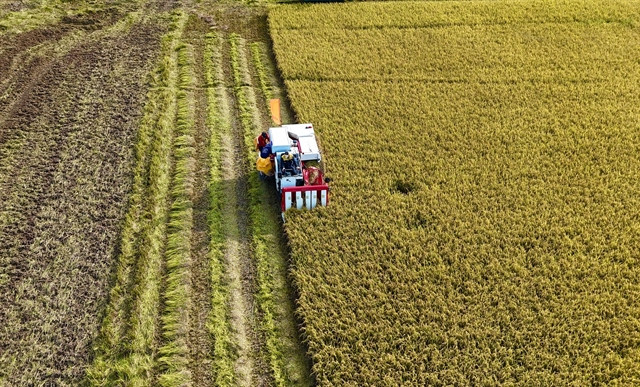
The Ministry of Agriculture and Environment has agreed with local authorities in the Cửu Long (Mekong) Delta to further expand the model of high-quality, low-emission rice cultivation under a one million hectare rice project, aiming towards environmentally friendly and globally competitive agricultural production.
The project “Sustainable Development of One Million Hectares of High-Quality, Low-Emission Rice Associated with Green Growth in the Mekong Delta by 2030” (referred to as the one million hectare rice project) has been implemented in the region for more than one year.
Speaking at a seminar reviewing the project’s implementation held on April 9 in Cần Thơ City, Minister of Agriculture and Environment Đỗ Đức Duy said: “After more than one year of implementation, the project has gradually proven its appropriateness and necessity, delivering notable results in transforming agriculture towards a modern, sustainable, and climate-resilient model.”
Over the past year, the project has piloted seven central-level models of high-quality, low-emission rice cultivation in Kiên Giang, Sóc Trăng, Trà Vinh and Đồng Tháp provinces and Cần Thơ City.
These models have demonstrated clear economic and environmental benefits. They help reduce production costs by 8.2-24.2 per cent, increase productivity by 2.4-7 per cent, increase farmers' profits by VNĐ4-7.6 million (US$150-270) per hectare, and cut greenhouse gas emissions by an average of two to 12 tonnes of carbon dioxide equivalent per hectare.
All rice output from the models has been purchased by enterprises at prices VNĐ200-300 per kilogramme higher than the market rate.
The effectiveness of these models has received strong support from farmers and co-operatives.
The Tiến Thuận Co-operative in Cần Thơ has grown 50ha of rice under the project for the past three crops.
Nguyễn Cao Khải, its director, said: “Farmers have participated in the project with technical guidance from the agriculture sector. Their rice yield did not decline, and their profits improved, so farmers were very enthusiastic.”
“Farmers using straw from one hectare of rice to grow straw mushrooms can earn an additional VNĐ3 million ($115), and help protect the environment. The used straw from mushroom cultivation is then reused as organic fertiliser for the fields, helping to cut fertiliser costs,” he added.
According to Nguyễn Thị Thu Hương, deputy head of the ministry’s Plant Cultivation and Protection Department, farmers’ farming habits are gradually shifting towards higher value, lower emissions, and better environmental protection.
The project has attracted the attention of international organisations and development partners, who are supporting technology, credit, and market development, she said.
Farmers, co-operatives, and enterprises are increasingly focusing on establishing production linkages and adopting sustainable farming practices such as advanced irrigation management, proper fertiliser use, and straw management, she said.
Despite its promising results, the project still faces several challenges such as slow implementation progress in some localities, weak production linkages, a continued reliance on support among farmers, and slow disbursement of international funding sources such as from the World Bank and the Transformative Carbon Asset Facility (TCAF) due to procedural obstacles.
At the seminar, localities and experts proposed a range of solutions to expand and enhance the effectiveness of the project in 2025.
These solutions include enhancing the central role of co-operatives in organising production and product consumption, developing markets for high-quality rice, developing Việt Nam’s rice brand name, and strengthening linkages between enterprises, co-operatives, and farmers.
This year marks the conclusion of the project’s first phase.
Cần Thơ and 11 provinces in the delta, excluding Bến Tre Province, are participating in the project.
The ministry instructed localities to fulfill their targets for low-emission cultivation areas, aiming to reach 312,743ha this year.
Local governments have also been directed to continue using local budgets to support the implementation of low-emission farming models, and to approve project proposals and policy measures to encourage farmer participation.
Duy urged enterprises and co-operatives to quickly expand their involvement in the project, in line with their commitments to the Government.
He called on enterprises to closely co-ordinate with farmers, co-operatives, and localities to establish a sustainable value chain encompassing production, harvesting, processing, and exporting.
He also appealed to international organisations to continue supporting Việt Nam in the implementation of the project.
“The Ministry of Agriculture and Environment, together with relevant ministries and sectors, will carry out measures within their authority and submit recommendations to the Government to complete policy mechanisms and approve investment programmes for key infrastructure, both regional and inter-regional, in support of the project,” he said.

